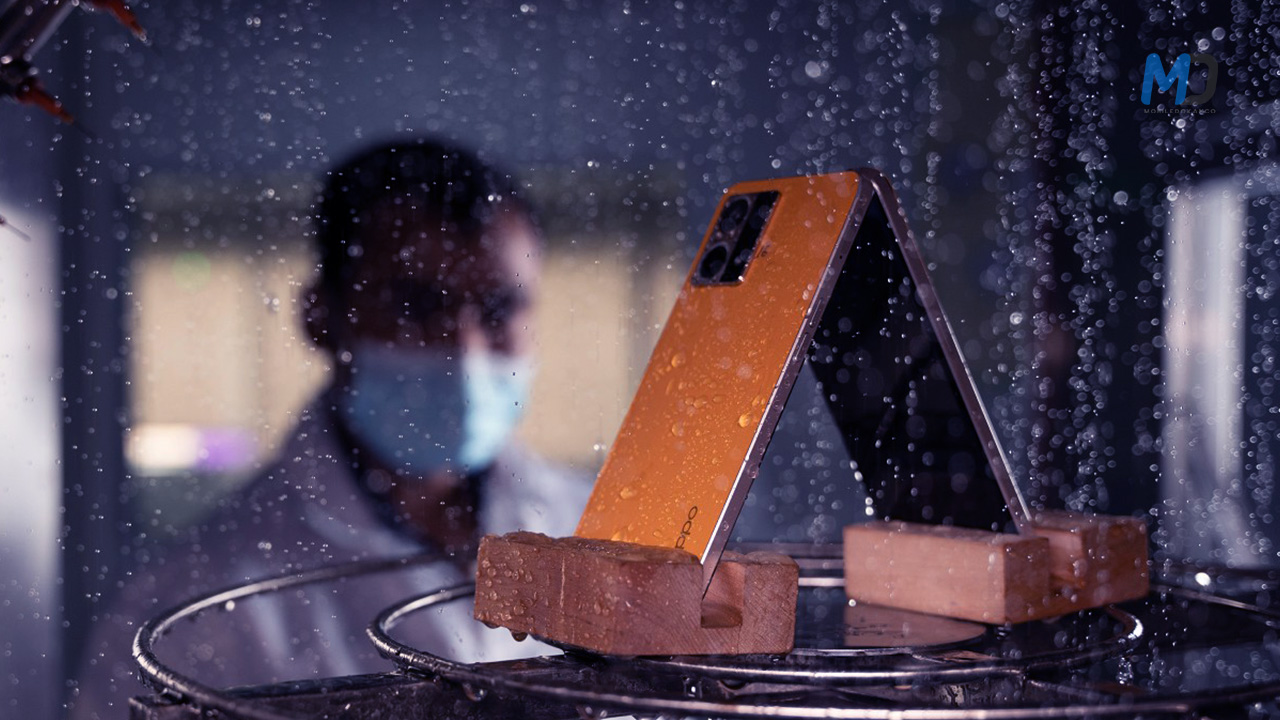Oppo details the rigorous testing of its smartphones. Oppo believes that creating high-quality products is the most effective method to earn the trust of consumers and has established strict quality control throughout the entire organization. The core of these can be found Oppo QE Reliability Lab. Oppo QE Reliability Lab that was launched in the year 2017 in the manufacturing facility in Greater Noida, India.
Although it appears to be a simple process, they require many hours of planning, research, and development. For instance for instance, the Oppo F21 Pro launched a couple of weeks ago and came with the “Sunset orange” Leatherette rear. However, that’s not the end of the story. The story began with thousand different textures that Oppo designers looked at. Six were chosen and then was sent for market analysis.
From those the six, a lychee grain texture was selected. Actually putting it on a phone required the creation a “fiberglass-leather”, which could be used as the back panel without requiring internal supports. The process of manufacturing took some time to determine. The fiberglass-leather material is inspected for its durability by rubbing it against an alcohol-soaked pad, eraser made of rubber and a piece of denim 5,000 to 200,000, 10,000 and 10,000 times, according to.
Oppo details the rigorous testing of its smartphones
Each new model Oppo develops must go through an array of tests that simulate years of wear and tear, as well as a variety of incidents. The lab is studying the amount of damage that a phone could sustain before it fails as well as what can cause problems with the appearance of the phone. The drop test is made more harsh than the standard test that allows phones to drop at a height of 1m as opposed to 0.8m.
They are dropped from all six sides, 8 edges and corners up to 24 times. In addition the phone is dropped as low as 1.5m in three different tests. It’s not just about height as even small drops on abrasive surfaces could scratch the surface of a new phone. Oppo makes use of sandpaper, and phones do not have the benefits of the screen protector or case. Then, more drops happen – the phone is housed in a 1m case, which spins at 3.5 rotations per minute.
After 15 turns, it has been through kinetic tests. done, waterproofing is next step on the agenda. Oppo simulates a hefty rainfall with 10 liters per minute that falls at 75deg with a goal of the IPX4 rating. Its F21 phone series also was submerged under 20cm in water for 30 secs, and afterwards, it was dry. In three days the device is removed to determine whether any water got its way into the phone and damaged the internals.
A similar amount of 150 drops from 1m. The liquid water issue isn’t the only cause of death electronic devices don’t enjoy excessive humidity. Therefore, put the phones into a chamber which maintains certain temperature and humidity levels for a period of time. One of the tests keeps it with a relative humidity of 95% of 65°C over up to 14 consecutive days (instead of the usual three days).
The test is conducted when the phone is turned switched off and on. The test for temperature shock lasts over 300 hours (four times more than the norm in the industry) and determines if the devices are able to withstand temperatures of up to 75degC as well as temperatures as low as -40degC.
